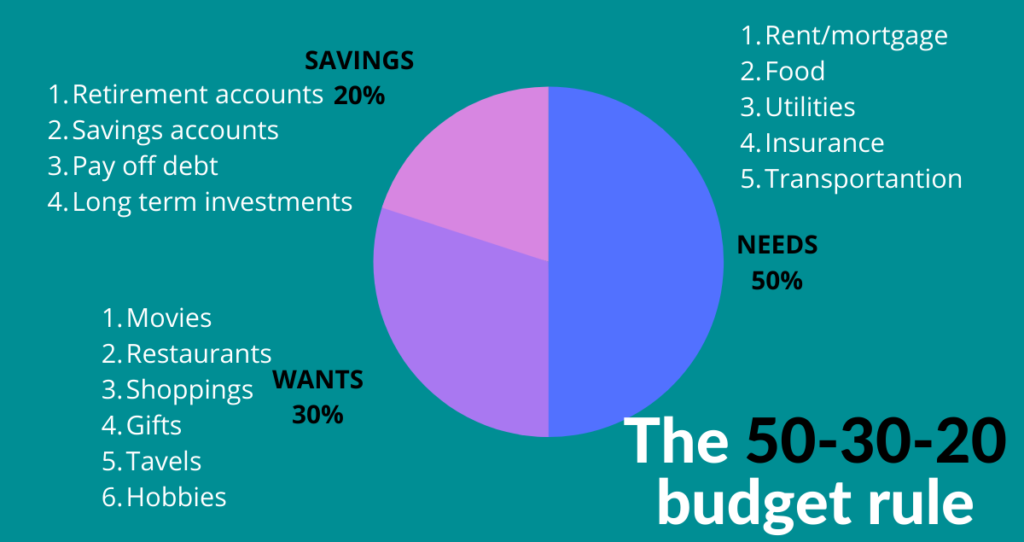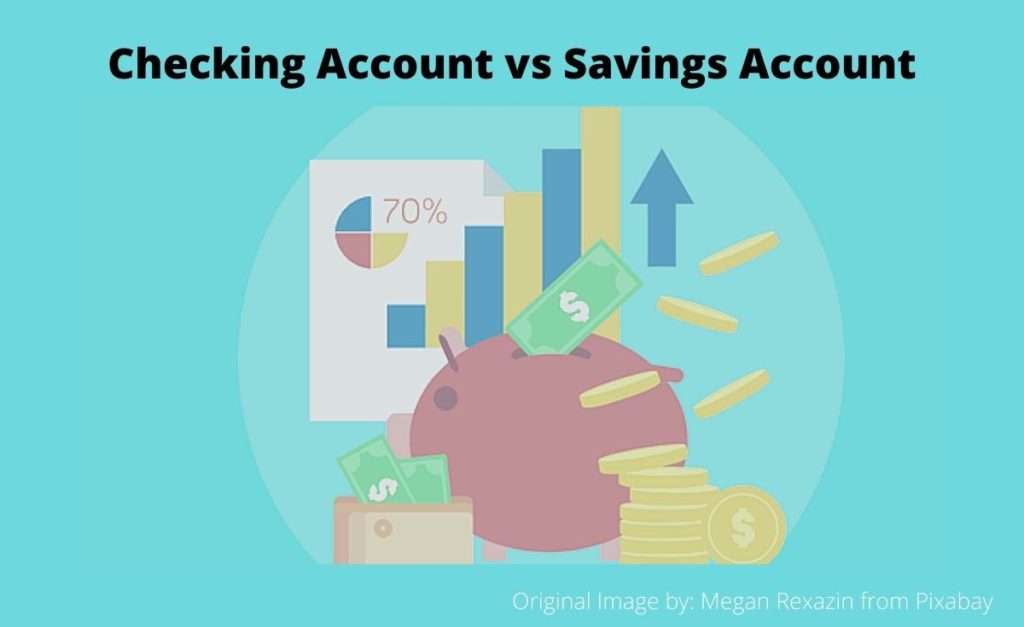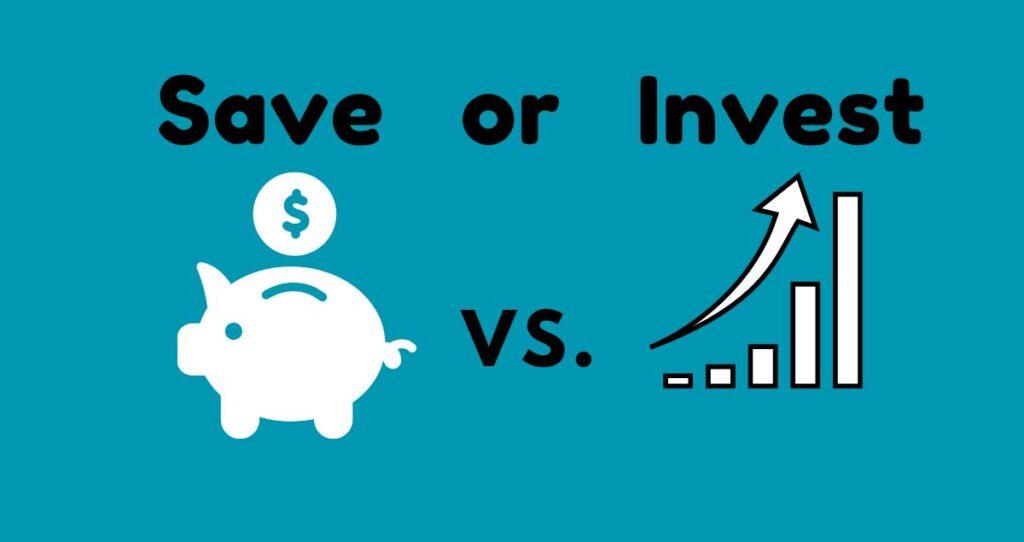Carrying health insurance prevents you from incurring unaffordable medical bills, which could easily translate to burdensome debt and collections. Due to the lack of health insurance, expensive medical bills have bankrupted millions. According to the Cornell University School of Industrial and Labor Relations (ILR), almost 66.5% of people who file for bankruptcy in the U.S.A. blame medical bills as the primary cause. This is why having active health insurance is one of the best ways to avoid falling victim to expensive medical bills, financial hardships, and bankruptcies.
While carrying a health insurance plan is a sound financial decision, picking the best health insurance can be complex and expensive. What if you could find the most affordable healthcare plan that gives you the most coverage? In this article, you will learn the basics of health insurance, types of insurance policies, tips to choose the cheapest health insurance, and clever ways to save money on insurance.
Things to know before enrolling in an insurance plan.
- The choice of your health care coverage and benefits is personal. The best health insurance picked by your best friend or family members might not be your best plan.
- Healthcare coverage with lower deductibles comes with higher premiums.
- Having insurance does not mean your insurance will pay 100% of your medical bills. You might still pay the copay, the co-insurance, and other out-of-pocket costs.
- Always seek medical services from in-network providers to lower the cost of your medical bill.
- To find the cheapest healthcare plan, evaluate your monthly premiums, deductibles, out-of-pocket, and copay.
- Open an HSA and FSA account to help lower your healthcare costs.
- Before you enroll in an insurance plan, ensure your primary care is in-network.
If you want to pick the best health insurance plan but don’t know how to choose the best one, check out this guide.
What is health insurance?
Health insurance is a contract between you and an insurance company where the insurance covers some or all of your medical costs in exchange for paying regular premiums. Typically, premiums are deducted from your paycheck every pay period(weekly, biweekly, or monthly).
Due to the high cost of healthcare services, health insurance offers financial protection should you get into an accident or become sick. Here are some of the medical services your healthcare insurance can cover.
- Hospital medical equipment
- Pay for prescriptions
- Covers all or some doctor visits
- It can pay for rehabilitation costs
- Most insurance companies also pay for preventative services such as vaccination, birth control, routine medical checkups, cancer screening, etc.
Most health insurance terms you must know to pick the best plan
- Premium. This is how much it costs you to maintain coverage. Usually, your premium is billed per pay period, bi-weekly or monthly. Your premiums can also be charged based on your company’s or insurance provider’s choices.
- Co-insurance. Even with health insurance, you might contribute a small percentage to the health care cost after meeting your deductible. The co-insurance is a percentage of the cost of your healthcare services you pay out of pocket after meeting your deductible.
- Deductible. Your deductible is the amount you must pay out of pocket before your insurance kicks in every year. Typically, a higher deductible results in lower premiums.
- Out-of-pocket maximum. This is the highest amount you pay for medical services yearly. After reaching the maximum out-of-pocket, the insurance will pay 100% of any medical costs you incur for the rest of the year.
- Co-pay/co-payment. This is a fixed amount you pay for a covered health care service. For example, your health insurance might have a $20 copay every time you visit a healthcare specialist.
- In-network. An in-network refers to a healthcare provider that contracts with an insurance company. Healthcare costs are usually cheaper for in-network providers due to negotiated rates, lack of balance billing, etc.
- High deductible health plan. An HDHP is a health insurance plan with a higher upfront deductible than regular health care plans. Most plans come with at least $1,400 for a single or $2,800 for a family in the deductible amount.
- Health Savings Account(HSA). This tax-advantaged savings account allows you to save pre-tax wages for qualified healthcare expenses. The money in HSA can be rolled over yearly if unused.
- Flexible spending account(FSA). This account allows you to set aside pre-tax money for health-related expenses. Unlike HSA, where unused funds are rolled over year after year, you will lose unused FSA funds by the end of the year.
Common types of healthcare coverage
Most consumers in the U.S.A. market have private health insurance, while a small percentage have public insurance. These are also the main types of health insurance to choose from.
Private health insurance. Your insurance is private if you get it from work with a private company, including government contractors and some agencies with health care benefits. Private insurance means you get it from private companies.
Public insurances. These insurances are offered through the government, and they include Medicaid, Veteran’s Health Administration, Medicare, etc/
Types of insurance policies, network types, and how to pick the best one
When looking for the best insurance coverage and providers, you must select based on your premiums, deductibles, out-of-pocket maximum, and co-insurance. Check out each term’s meaning from the list of most common health insurance terms I covered above. These factors determine how much coverage you get and what it costs you to get it. You must also evaluate health insurance plans based on other factors, such as network options. Some plans encourage you to stay in the network with hospitals, pharmacies, doctors, and other medical service providers, while others restrict provider choices.
Here are health insurance policies and types of networks
According to Healthcare.gov, the following is a summary of healthcare plans you will come across in your area.
Exclusive Provider Organization (EPO)
These are insurance plans where you get coverage only from in-network providers except for emergency cases. To get coverage, you must use a specific hospital, doctor, pharmacy, etc. This insurance plan does not require referrals. If you don’t have a referral and want to access a wide range of in-network providers at low cost and are Ok with EPO limitations, this could be the best insurance plan in your case.
Health Maintenance Organization(HMO)
HMO health insurance requires a referral to see a specialist, and they limit your coverage to providers who contract or work for the insurance companies. This also means you must be in-network to get coverage unless it is an emergency case, and most health services you receive are generally preventative and wellness. Besides being restrictive, HMOs have lower premiums, making them good options for low-income people.
Preferred Provider Organization (PPO)
Like POS plans, PPO also allows in-network and out-of-network coverages, but it will cost you more for medical services you get from an out-of-network provider. Preferred Provider Organizations are an excellent choice for many consumers because you typically don’t need a referral to see a specialist.
Point of Service(POS)
POS is a type of health coverage that may require a referral to visit a specialist. Additionally, you get discounts only when you use doctors, hospitals, pharmacies, and other health services in the plan’s network. You can still get service from out-of-network providers, but the cost is usually higher.
How do you select the best health insurance policy?
Check out these tips to pick the best health insurance and compare rates when signing up.
1. Check if your existing healthcare providers are in-network
Since most healthcare coverages cost less when you get healthcare services from an in-network provider, the first step in picking the best health insurance plan is to see if your primary doctors are in-network. Healthcare services can be extremely expensive, and the best way to cut these costs is to take advantage of health insurance.
2. Evaluate how much it will cost you and the level of coverage you will get
When choosing an insurance plan, consider how much it will cost to get the necessary healthcare services. Start by evaluating your premiums, which are your ongoing regular payments to keep the plan current, plus monthly prescriptions and doctor’s visits. This is the lowest amount you should expect to pay as these coverages will always be available.
Additionally, check the highest amount you should expect to pay, which includes your maximum out-of-pocket, premiums, regular prescriptions, and all other costs of the healthcare services you will receive. This comparison will give you a general idea of the cheapest plan for all the health services you need.
Basics of health plan metal categories
Insurance plans also come in 4 metal categories, which show how you will share costs with the insurance provider. These categories include Bronze, Silver, Gold, and Platnum. GoodRX and Healthcare.gov offer the following estimated costs of covered costs between you and the insurance provider based on each metal category.
| Plan category | What you pay | What insurance pays | Deductible |
| Bronze | 40% | 60% | High |
| Silver | 30% | 70% | Moderate |
| Silver with extra savings | 4%-17% | 73%-96% | Low |
| Gold | 20% | 80% | Low |
| Platinum | 10% | 90% | Low |
Your savings on healthcare spending will depend on the type of healthcare metal category you pick. Electing gold and platinum come with the highest monthly premiums but give you the most coverage when needed.
On the other hand, silver and bronze come with lower premiums but don’t pay much when you need them.
Picking the right health insurance is always the best way to save money. Cheap does not always mean better. You still need to evaluate your financial situation and the coverage you desire. Gold or platinum will be a good option if you often get sick and can afford higher premiums.
3. Check the qualify of care you will get
When picking the best health insurance company, evaluate its quality of care first. Providers with higher ratings usually give you better services, especially when you need them the most. You don’t want to get insurance with a company that will not take your call or process your request professionally and on time.
Due to the high cost of healthcare services, expensive premiums, and out-of-pocket expenses, the IRS sometimes allows consumers to use their pre-tax wages for qualified healthcare services. Here are the two popular ways to save money on healthcare services and lower your tax liability simultaneously.
Open a Healthy Flexible Spending Account (HCFSA)
Healthcare Flexible Spending Account (HCFSA), also known as FSA, is an account that allows you to save before-tax wages to help pay medical-related expenses. The money is taken out of your paycheck pretax to the FSA program. When you incur a medical expense, you submit the receipt to the program and get reimbursed. The program might also give you a debit card, which you can use for medical-related costs.
The downside of FSA is that it is a use-it-or-lose-it program, meaning you must use the money within a year or risk losing it. This account is excellent for someone who often gets sick and has a high cost of health care services. But, if you don’t get sick very often, contributing money to an FSA means you might risk losing it when they are not disbursed by the end of the year. Some programs allow you to carry up to $500, but this differs from one company to another.
Open a Health Savings Account(HSA)
The second option is to open a Health Savings Account(HSA). This account saves pre-tax money, which you can later use for qualified medical expenses—using the money for non-medical related expenses or unqualified healthcare expenses results in tax and a 20% penalty. The most significant benefit of an HSA is that you don’t need to spend all your money.
Any remaining funds in the account at the end of the year are automatically rolled over to the following years. You can also invest the money to earn interest and grow your savings. After reaching 65, you can withdraw your money and use it for any expenses without paying a penalty except tax. To qualify for an HSA, you must be enrolled in a High Deductible Health Plan(HDHP).
Learn more about the benefits of HSA, eligibility requirements, and limits.
How do you calculate the total cost of your healthcare?
When estimating your yearly healthcare expenses, you must consider four main components of healthcare costs. These parts include your monthly premiums, deductibles, out-of-pocket, and copay. Use the following strategy to calculate how much you will spend on healthcare at the end of the year.
- Calculate the total cost in premiums. Multiply your monthly premium by 12 to calculate how much you will spend after 12 months. For example, paying $200 monthly will cost you $2,400 in premiums after 12 months.
- Estimate your copay. This amount is usually a flat fee like $20 or a percentage of the doctor’s or hospital visit charges, such as 30%. If you know how often you visit the hospital each year, multiply that number by your copay. For example, if you go to the hospital 5 times a year and your copay per year is $20, you will pay $100 at the end of the year in copay.
- Calculate your deductible. This amount accounts for how much you pay for a covered health service before the insurance kicks in. Your deductible includes drugs and other services you get, but free preventative services are not included. Calculate this amount and add it to the total premium and copay. Let’s assume $1,000 for the sake of this example.
- Calculate your out-of-pocket maximum. This is the maximum you will pay for covered healthcare services. After reaching that amount, the insurance company will pay 100% of the covered services. Let’s assume $1,400 in this example in maximum out-of-pocket.
Once you have all the numbers on paper, add them to estimate your total healthcare costs for the year. From our example, medical-related expenses will cost you $4,400($2,400+$100+$500+$1,400). Again, this is an estimate. The exact cost of your healthcare will depend on your level of coverage, how often you get sick, your premiums, copay, deductible, maximum out-of-pocket, etc. For example, if you don’t get sick for the year and do not visit the hospital, your total cost will be your premium and probably a few hundred dollars you spend on dental insurance, vision, etc.








